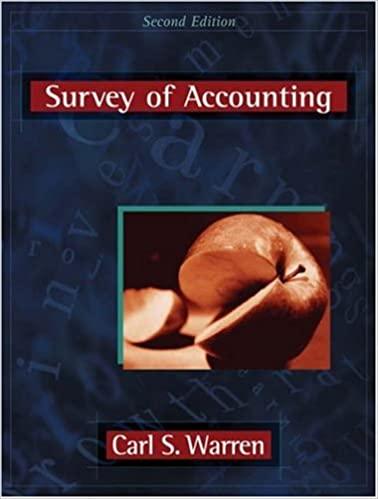APPLICATION OF ACCOUNTING STANDARDS Abebio Limited is a listed company with a year end of 31 December 2019. A director of the company has a number of questions relating to the application of International Financial Reporting Standards (IFRS Standards) in its financial statements for the year ended 31 December 2019. The questions appear in notes 1-3. Note 1 - Pending cases Apollo Ltd has traditionally repainted its premises every five years. The next painting is due in a year's time. The entity proposes to accrue as a provision the expected cost of repainting the premises. Apollo Ltd has guaranteed the debts of its associate company up to a maximum amount of GH3 million The associate is in excellent financial health and the directors are of the opinion that it is unlikely the guarantee will ever be called in. Required: Given the above facts, discuss the correct accounting treatment of the pending legal cases. (8 marks) Note 2 - Non-current assets When I look at the statement of financial position, one of the categories of non-current assets is investment properties and another category is 'property, plant and equipment in which all other properties are included. Surely, we invest in all our properties, so why do we have two categories for them in the statement of financial position? How do we decide what goes into 'property, plant and equipment and investment properties"? In addition, a note to the financial statements states that investment properties are measured at their fair values and not depreciated. Don't all non-current assets have to be depreciated over their estimated useful lives? Another note states that property included in "property, plant and equipment is measured at cost less accumulated depreciation rather than at fair value. Shouldn't all properties be measured in the financial statements on a consistent basis? Don't you think this is a clear violation of consistency concept? Finally, I can't immediately see from the financial statements where the gains or losses relating to the measurement of investment properties are included. The profit statement seems to include two main components - profit or loss and other comprehensive income. Where would the gains or losses go? Presumably, is the treatment of gains and losses the same for any non-current assets which are measured at fair value? In addition, a note to the financial statements states that investment properties are measured at their fair values and not depreciated. Don't all non-current assets have to be depreciated over their estimated useful lives? Another note states that property included in property, plant and equipment is measured at cost less accumulated depreciation rather than at fair value. Shouldn't all properties be measured in the financial statements on a consistent basis? Don't you think this is a clear violation of consistency concept? Finally, I can't immediately see from the financial statements where the gains or losses relating to the measurement of investment properties are included. The profit statement seems to include two main components - profit or loss and other comprehensive income. Where would the gains or losses go? Presumably, is the treatment of gains and losses the same for any non-current assets which are measured at fair value? Required: Given the above facts, discuss clearly what constitute property, plant and equipment and investment property'. You are also required to explain the correct accounting treatment of revaluation gain and loss, and fair value gain and loss. (8 marks) Note 3 - Warranty A car dealer also owns a workshop that it uses for servicing cars under warranty. In preparing its financial statements, the car dealer needs to ascertain the provision of warranty that it would be required to provide at year-end. The entity's past experience with warranty claims is: 55% of cars sold in a year have zero defects. 40% of cars sold in a year have normal defects. 5% of cars sold in a year have significant defects. The cost of rectifying a "normal defect" in a car is GH50,000. The cost of rectifying a "significant defect" in a car is GH75,000 Required Compute the amount of "provision for warranty" needed at year-end. (4 marks) (Total 20 marks)








